Home>Furniture & Design>Interior Design Trends>What Is Glass Beading
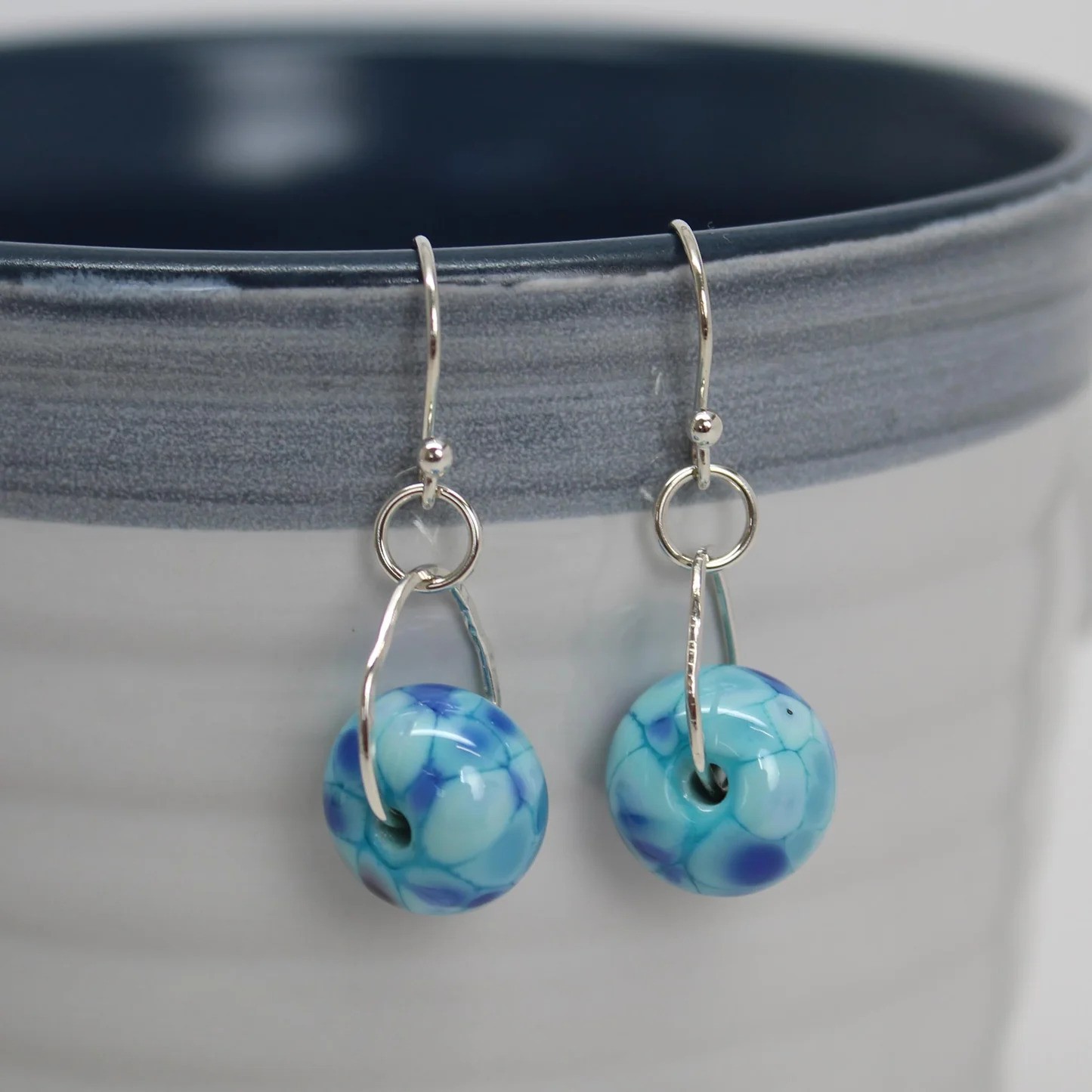

Interior Design Trends
What Is Glass Beading
Modified: March 24, 2024
Discover the latest interior design trend of glass beading and how it can elevate your space. Learn about the unique features and benefits of incorporating glass beading into your interior design. Explore innovative ways to incorporate this trend into your home.
(Many of the links in this article redirect to a specific reviewed product. Your purchase of these products through affiliate links helps to generate commission for Storables.com, at no extra cost. Learn more)
Introduction
Glass beading is a captivating and versatile art form that has been cherished for centuries. It involves the intricate process of creating beautiful designs and patterns using small glass beads. This art form has transcended time and continues to captivate individuals with its elegance and allure.
The art of glass beading is not only visually stunning but also holds cultural and historical significance. It has been a prominent feature in various cultures around the world, serving as a means of artistic expression and storytelling. From traditional Native American beadwork to intricate African bead designs, the art of glass beading has been a vital part of cultural heritage.
In contemporary times, glass beading has evolved into a popular craft that is embraced by artisans and hobbyists alike. Its appeal lies in the endless possibilities it offers for creativity and self-expression. Whether it's creating intricate jewelry pieces, embellishing clothing and accessories, or adorning home decor items, glass beading allows individuals to infuse their unique style and personality into their creations.
The art of glass beading is not only visually stunning but also holds cultural and historical significance. It has been a prominent feature in various cultures around the world, serving as a means of artistic expression and storytelling. From traditional Native American beadwork to intricate African bead designs, the art of glass beading has been a vital part of cultural heritage.
In contemporary times, glass beading has evolved into a popular craft that is embraced by artisans and hobbyists alike. Its appeal lies in the endless possibilities it offers for creativity and self-expression. Whether it's creating intricate jewelry pieces, embellishing clothing and accessories, or adorning home decor items, glass beading allows individuals to infuse their unique style and personality into their creations.
The allure of glass beading lies in its ability to transform simple materials into exquisite works of art. The process of meticulously arranging tiny glass beads to form intricate patterns and designs requires patience, precision, and a keen eye for detail. Each bead is carefully selected and placed, resulting in a mesmerizing tapestry of colors and textures.
As we delve deeper into the world of glass beading, we will uncover the rich history, diverse types of glass beads, intricate techniques, and the myriad of uses that make this art form a timeless and cherished craft. Join us on this journey as we explore the enchanting realm of glass beading and discover the endless possibilities it holds.
Key Takeaways:
- Glass beading is a timeless art form with a rich history and diverse types of beads, offering endless creative possibilities for jewelry, textiles, and home decor.
- The intricate techniques of glass beading, such as bead weaving and stringing, allow artisans to transform simple glass beads into stunning and visually striking creations.
Read more: What Are Glass Beads
History of Glass Beading
The history of glass beading dates back thousands of years, with evidence of early bead-making techniques found in various ancient civilizations. The origins of glass beads can be traced to ancient Egypt, where artisans crafted intricate beads using a process known as lampworking. This method involved heating glass rods over an open flame and shaping them into intricate designs, laying the foundation for the art of glass beading.
In addition to Egypt, the art of glass beading flourished in regions such as Mesopotamia, Rome, and China, where artisans honed their skills in creating exquisite glass beads. These beads were not only used for adornment but also held symbolic and cultural significance, often being incorporated into ceremonial attire and religious artifacts.
During the Middle Ages, Venice emerged as a prominent hub for glass bead production, with skilled artisans known as "beadmakers" creating an array of stunning glass beads. The Venetian glass beads gained widespread acclaim for their vibrant colors, intricate patterns, and unparalleled craftsmanship, solidifying Venice's reputation as a center for exquisite beadwork.
The European exploration and subsequent colonization of the Americas played a pivotal role in the global spread of glass beading. European traders introduced glass beads to Native American tribes, leading to the assimilation of beadwork into indigenous cultures. This fusion gave rise to distinctive Native American beadwork traditions, with each tribe infusing its unique artistic flair into bead designs, reflecting their traditions, beliefs, and stories.
The 19th and 20th centuries witnessed the industrialization of glass bead production, leading to mass-produced beads that were readily available to a wider audience. This accessibility fueled the popularity of beadwork, leading to its integration into fashion, jewelry, and decorative arts.
Today, the art of glass beading continues to thrive, with contemporary artisans and designers pushing the boundaries of traditional techniques to create innovative and captivating beadwork. The rich history of glass beading serves as a testament to its enduring allure and cultural significance, making it a cherished art form that transcends time and continues to inspire creativity and admiration across the globe.
Types of Glass Beads
Glass beads come in a diverse array of types, each distinguished by unique characteristics, origins, and manufacturing processes. Understanding the various types of glass beads is essential for artisans and enthusiasts seeking to explore the boundless possibilities of beadwork. Let's delve into the fascinating world of glass beads and uncover the distinct types that contribute to the richness of this art form.
-
Seed Beads: Seed beads are tiny, uniformly shaped glass beads that are commonly used in intricate bead weaving and embroidery. They are available in a wide range of sizes, with the smallest seed beads being referred to as "micro beads." These beads are prized for their versatility and are often used to create delicate, detailed designs in jewelry and textile embellishments.
-
Czech Glass Beads: Renowned for their exceptional quality and craftsmanship, Czech glass beads are highly sought after by artisans and designers. These beads are meticulously crafted in the Czech Republic using traditional techniques that have been honed over centuries. They are available in an extensive variety of shapes, sizes, and finishes, making them a favorite choice for creating stunning jewelry and decorative pieces.
-
Venetian Glass Beads: With a rich history dating back to the Middle Ages, Venetian glass beads are revered for their exquisite beauty and artistry. Handcrafted by skilled artisans in Venice, Italy, these beads are characterized by their vibrant colors, intricate patterns, and captivating designs. Venetian glass beads are often used to create luxurious and ornate jewelry pieces that exude timeless elegance.
-
Lampwork Beads: Lampwork beads are individually crafted by artisans using a torch or lampworking technique, where colorful glass rods are melted and shaped to form unique beads. These beads are celebrated for their artisanal quality and the ability of the makers to infuse each bead with their artistic vision. Lampwork beads are prized for their intricate designs, vibrant colors, and the expressive nature of each handcrafted piece.
-
Millefiori Beads: Millefiori, which translates to "a thousand flowers" in Italian, refers to a type of glass bead adorned with intricate floral or geometric patterns. These patterns are created by layering and fusing colored glass rods, resulting in stunning, multi-dimensional designs within the beads. Millefiori beads are prized for their intricate detailing and are often used to create vibrant and eye-catching jewelry and accessories.
-
Crystal Beads: Crystal beads, often made from leaded glass, are prized for their exceptional clarity, brilliance, and light-refracting properties. These beads are favored for creating elegant and luxurious jewelry pieces that exude a captivating sparkle. Crystal beads are available in a variety of shapes and finishes, making them a versatile choice for adding a touch of glamour to beadwork creations.
The diverse range of glass beads offers endless opportunities for artisans and enthusiasts to explore and create captivating beadwork. Whether it's the delicate beauty of seed beads, the timeless allure of Venetian glass, or the expressive artistry of lampwork beads, each type of glass bead contributes to the rich tapestry of this enduring art form.
Techniques of Glass Beading
The art of glass beading encompasses a myriad of techniques that allow artisans to transform simple glass beads into intricate and captivating creations. Each technique requires skill, precision, and a deep understanding of the properties of glass beads, resulting in stunning beadwork that showcases the artisan's creativity and expertise. Let's explore some of the fundamental techniques that form the foundation of glass beading.
-
Bead Weaving: Bead weaving is a versatile technique that involves stitching together individual glass beads to create intricate patterns and designs. This technique often utilizes a specialized beading loom or small needles to weave the beads together, resulting in stunning textiles, jewelry, and accessories. From delicate floral motifs to geometric patterns, bead weaving offers endless possibilities for creating unique and visually striking beadwork.
-
Loom Beading: Loom beading is a traditional technique that involves using a beading loom to create flat or three-dimensional beadwork. Artisans carefully string beads onto the loom, weaving them together to form elaborate designs and patterns. Loom beading allows for the creation of wide, detailed pieces such as belts, headbands, and tapestries, showcasing the precision and artistry of the craft.
-
Brick Stitch: Brick stitch is a popular bead weaving technique that involves stitching individual beads in a staggered, brick-like pattern. This technique allows artisans to create intricate, textured designs with varying bead sizes and colors. From creating detailed borders to embellishing jewelry pieces, brick stitch offers a versatile and visually appealing approach to glass beading.
-
Peyote Stitch: Peyote stitch, also known as gourd stitch, is a versatile bead weaving technique that allows artisans to create intricate, supple beadwork. This technique involves stitching beads in an offset, staggered pattern, resulting in a flexible and textured fabric. Peyote stitch is often used to create seamless, tubular beadwork for jewelry, decorative pouches, and sculptural pieces, showcasing the adaptability and artistry of glass beading.
-
Stringing: Stringing is a fundamental technique that involves threading glass beads onto a string or wire to create jewelry and decorative pieces. This technique allows for the exploration of various bead sizes, shapes, and colors, offering endless opportunities for creating personalized and visually stunning designs. Stringing is often combined with other techniques such as knotting and wirework to create intricate and durable beadwork.
-
Wirework: Wirework is a versatile technique that involves manipulating metal wire to create structural elements and embellishments in beadwork. Artisans can use wire to create intricate frames, clasps, and decorative accents, adding dimension and visual interest to glass bead creations. Wirework allows for the integration of beads into metal designs, resulting in unique and dynamic jewelry and decorative pieces.
These techniques represent just a glimpse into the diverse and captivating world of glass beading. Each technique offers its unique set of possibilities, allowing artisans to explore their creativity and bring their artistic visions to life through the intricate and timeless art of glass beading.
Uses of Glass Beading
Glass beading finds a myriad of applications across various creative domains, serving as a versatile medium for artistic expression and functional embellishment. The intricate beauty and tactile allure of glass beads make them a favored choice for artisans and designers seeking to infuse their creations with elegance, vibrancy, and cultural significance.
Read more: How To Make Glass Beads
Jewelry Design:
Glass beading takes center stage in the realm of jewelry design, where artisans harness the diverse range of glass beads to craft exquisite and ornate pieces. From delicate seed bead earrings to elaborate statement necklaces adorned with Venetian glass beads, the artistry of glass beading adds a captivating dimension to jewelry. The vibrant colors, intricate patterns, and lustrous finishes of glass beads elevate jewelry designs, offering a timeless and personalized touch to adornments.
Textile Embellishment:
Glass beading serves as a transformative element in textile embellishment, where artisans intricately weave, stitch, and embroider glass beads onto fabrics to create stunning patterns and designs. Bead weaving and loom beading techniques are employed to embellish garments, accessories, and home decor items, infusing them with a touch of opulence and individuality. From traditional ceremonial attire to contemporary fashion ensembles, glass beading adds a luxurious and tactile allure to textiles.
Home Decor:
The allure of glass beading extends to the realm of home decor, where artisans and designers incorporate glass beads into decorative accents, wall hangings, and functional pieces. Millefiori beads, renowned for their intricate floral patterns, are often used to embellish decorative cushions, curtains, and tapestries, adding a vibrant and artistic flair to interior spaces. The versatility of glass beading allows for the creation of bespoke home decor items that exude elegance and cultural richness.
Cultural Artifacts:
Glass beading holds profound cultural significance, particularly in indigenous communities where beadwork is deeply rooted in tradition and storytelling. Native American beadwork, adorned with intricate glass bead designs, serves as a means of preserving cultural heritage and conveying symbolic narratives. From ceremonial regalia to decorative artifacts, glass beading plays a vital role in honoring and perpetuating cultural traditions, reflecting the enduring legacy of this art form.
Read more: How To Make Glass Bead Bracelets
Mixed Media Art:
Glass beading seamlessly integrates with mixed media art, allowing artists to combine glass beads with other materials such as metal, ceramics, and textiles to create dynamic and expressive artworks. The incorporation of glass beads adds texture, dimension, and visual interest to mixed media compositions, offering a tactile and visually captivating element to the artistic narrative.
The diverse applications of glass beading underscore its enduring appeal and cultural significance, making it a cherished and versatile medium for artisans, designers, and enthusiasts alike. From jewelry and textiles to home decor and cultural artifacts, glass beading continues to inspire and captivate with its timeless beauty and expressive potential.
Conclusion
In conclusion, the art of glass beading stands as a testament to the enduring allure of human creativity and craftsmanship. From its rich historical roots to its diverse array of types, techniques, and applications, glass beading continues to captivate and inspire artisans, designers, and enthusiasts across the globe.
The journey through the history of glass beading unveils a tapestry of cultural significance and artistic evolution. From ancient civilizations to contemporary crafters, the art of glass beading has transcended time, weaving its way into the fabric of diverse cultures and traditions. The enduring legacy of glass beading serves as a testament to its ability to transcend boundaries and connect people through the universal language of art.
The exploration of the various types of glass beads reveals a world of vibrant colors, intricate patterns, and unparalleled craftsmanship. Each type of glass bead, from the delicate seed beads to the ornate Venetian glass beads, contributes to the rich tapestry of this timeless art form, offering endless possibilities for creative expression and artistic exploration.
Delving into the techniques of glass beading unveils a world of precision, skill, and boundless creativity. From the meticulous art of bead weaving to the versatile applications of stringing and wirework, each technique represents a unique avenue for artisans to bring their artistic visions to life, resulting in captivating and visually striking beadwork.
The diverse applications of glass beading underscore its versatility and enduring appeal. Whether adorning jewelry, textiles, home decor, or cultural artifacts, glass beading adds a touch of elegance, vibrancy, and cultural richness to a myriad of creative domains, reflecting its timeless and cherished status as a medium for artistic expression.
In essence, the art of glass beading transcends mere craftsmanship; it embodies a profound connection to cultural heritage, personal expression, and the enduring spirit of creativity. As artisans and enthusiasts continue to explore the boundless possibilities of glass beading, this timeless art form will undoubtedly continue to inspire, captivate, and weave its way into the hearts and minds of generations to come.
Frequently Asked Questions about What Is Glass Beading
Was this page helpful?
At Storables.com, we guarantee accurate and reliable information. Our content, validated by Expert Board Contributors, is crafted following stringent Editorial Policies. We're committed to providing you with well-researched, expert-backed insights for all your informational needs.
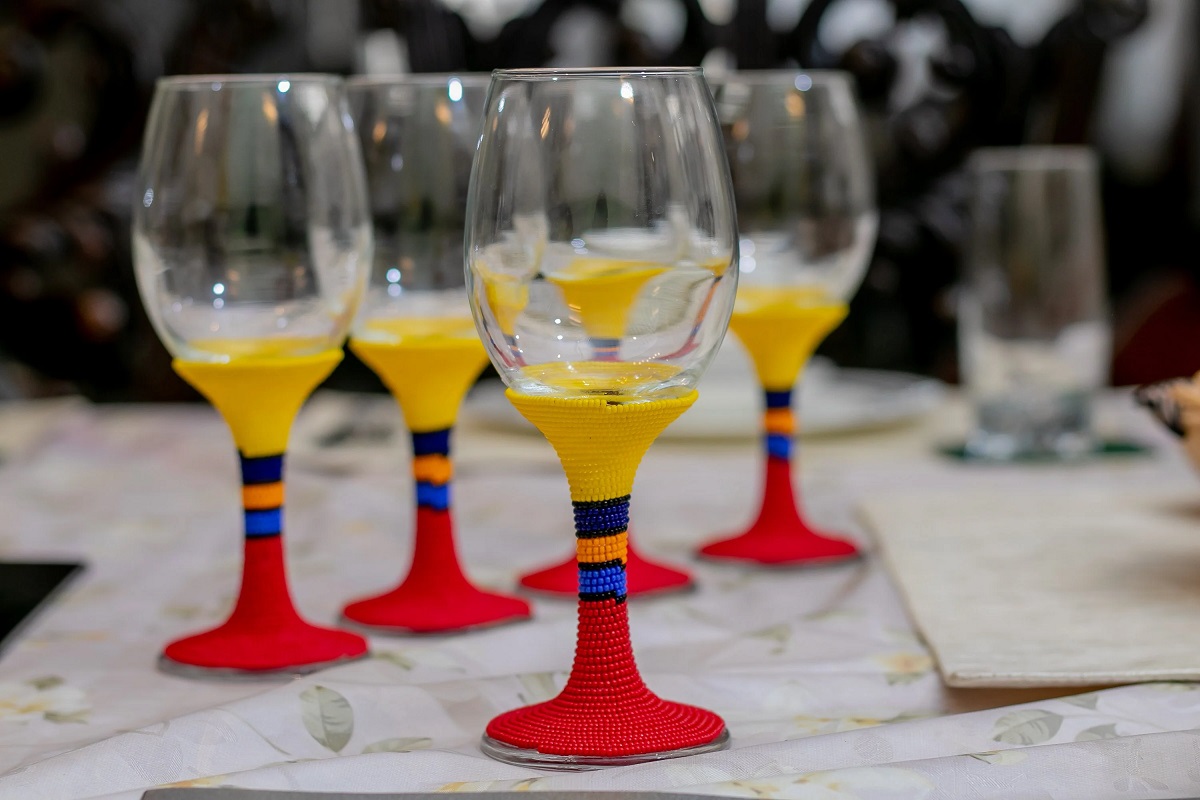
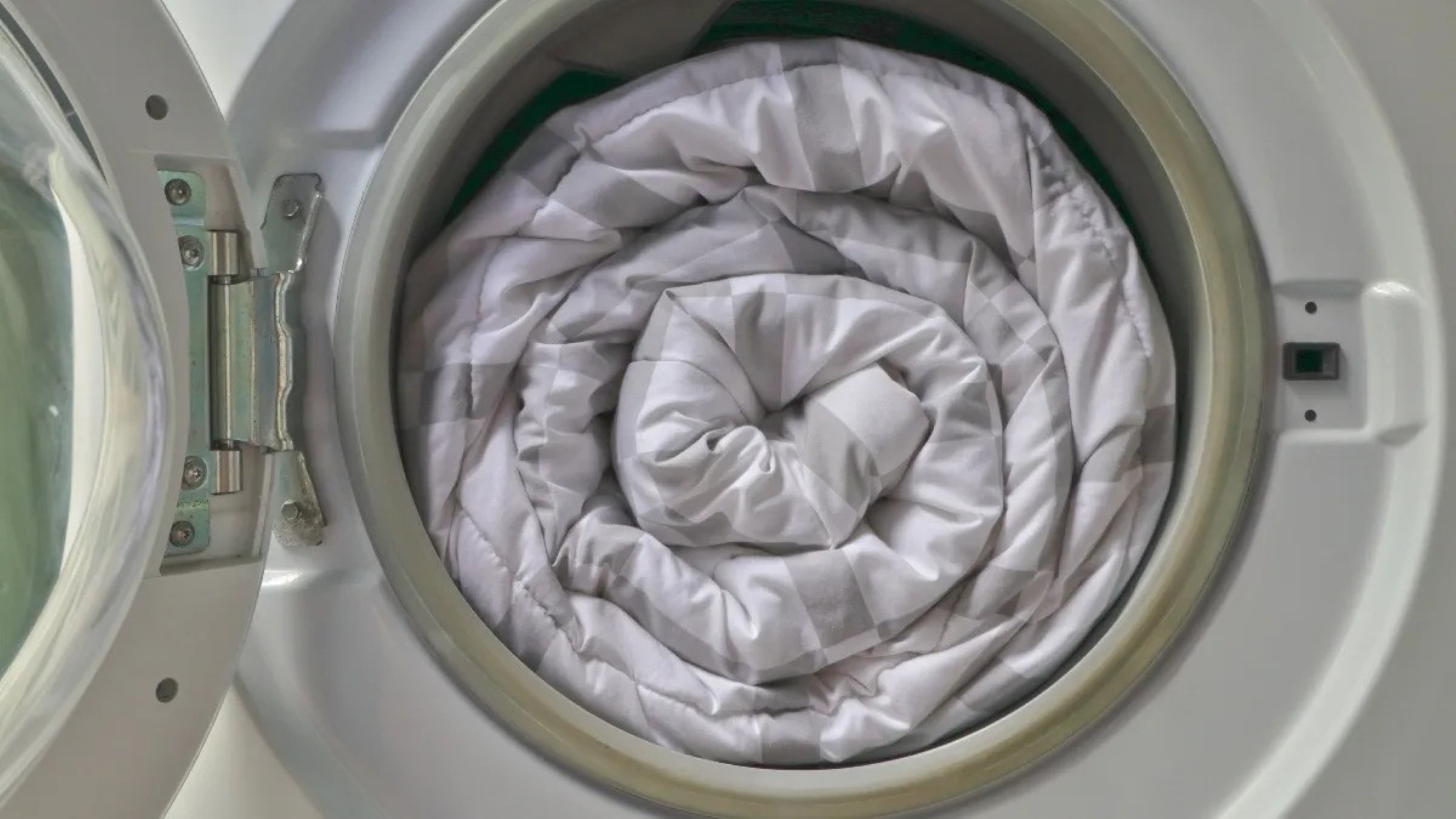
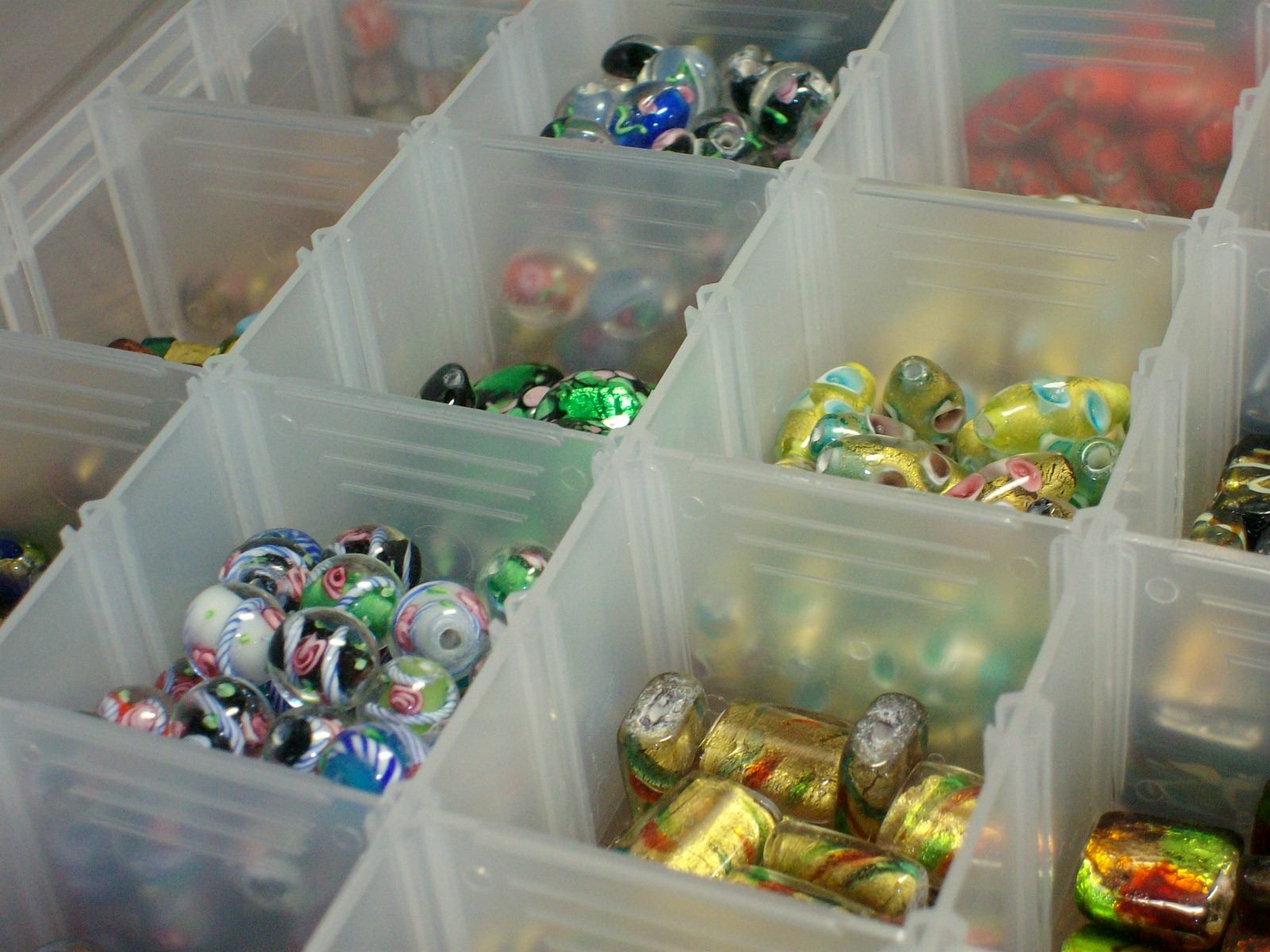
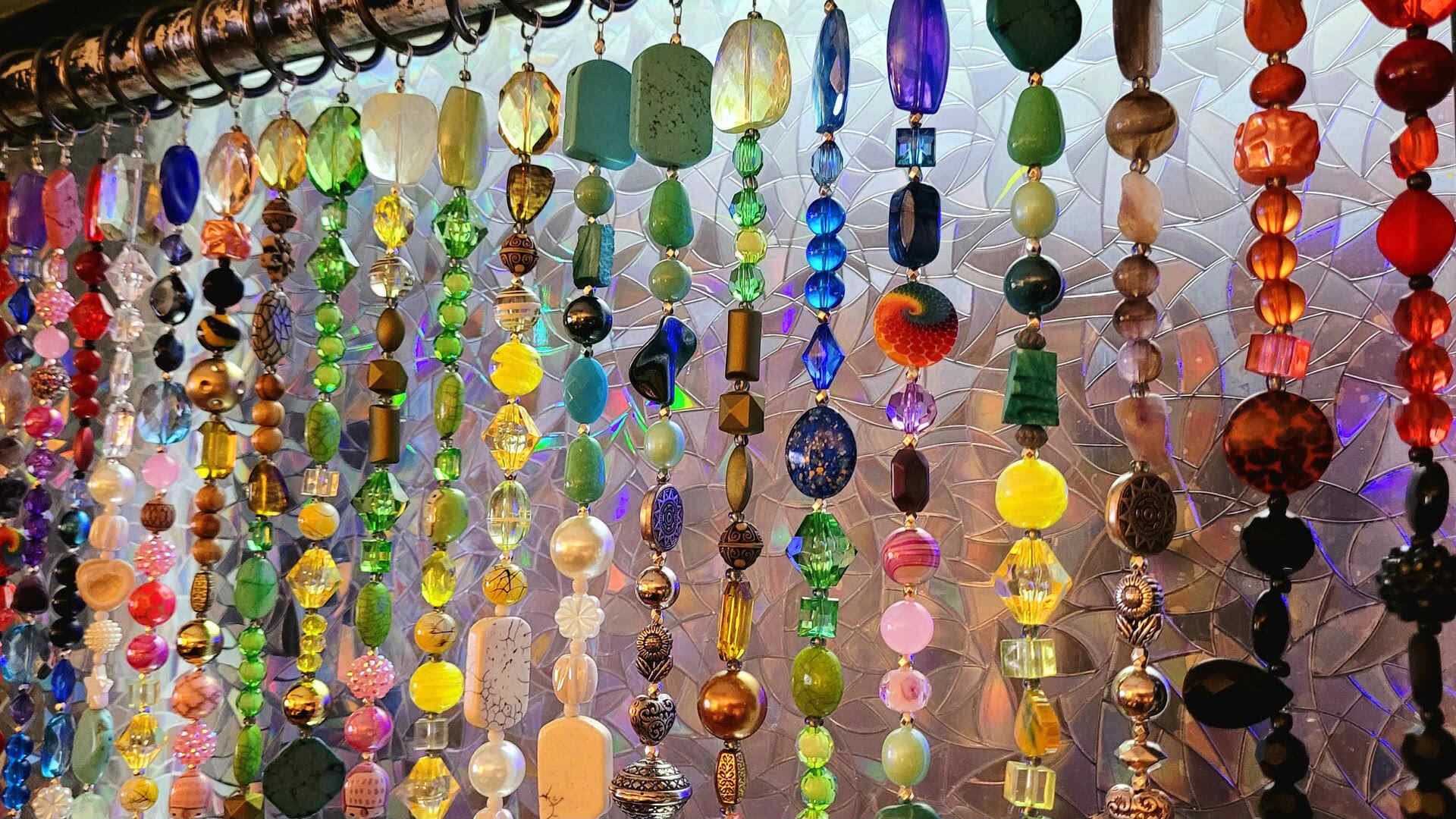
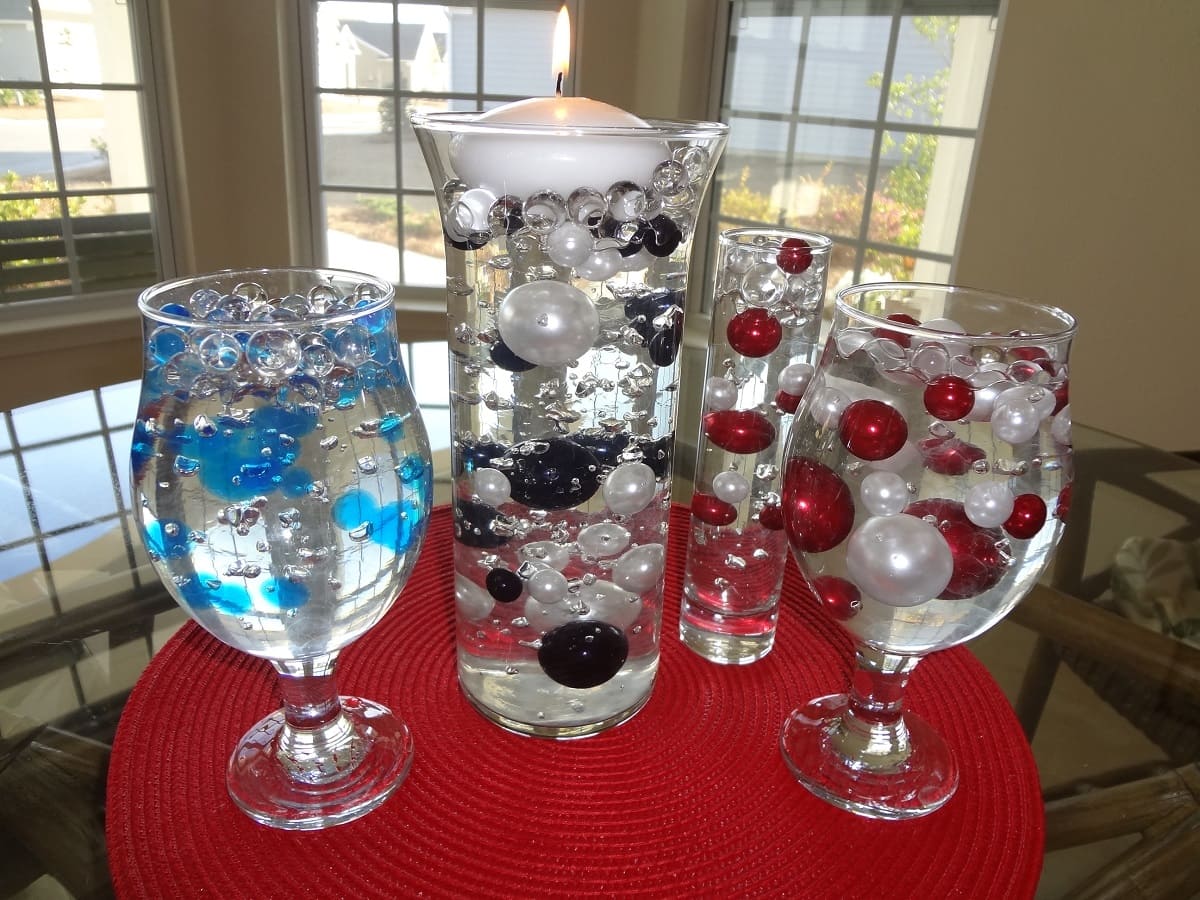
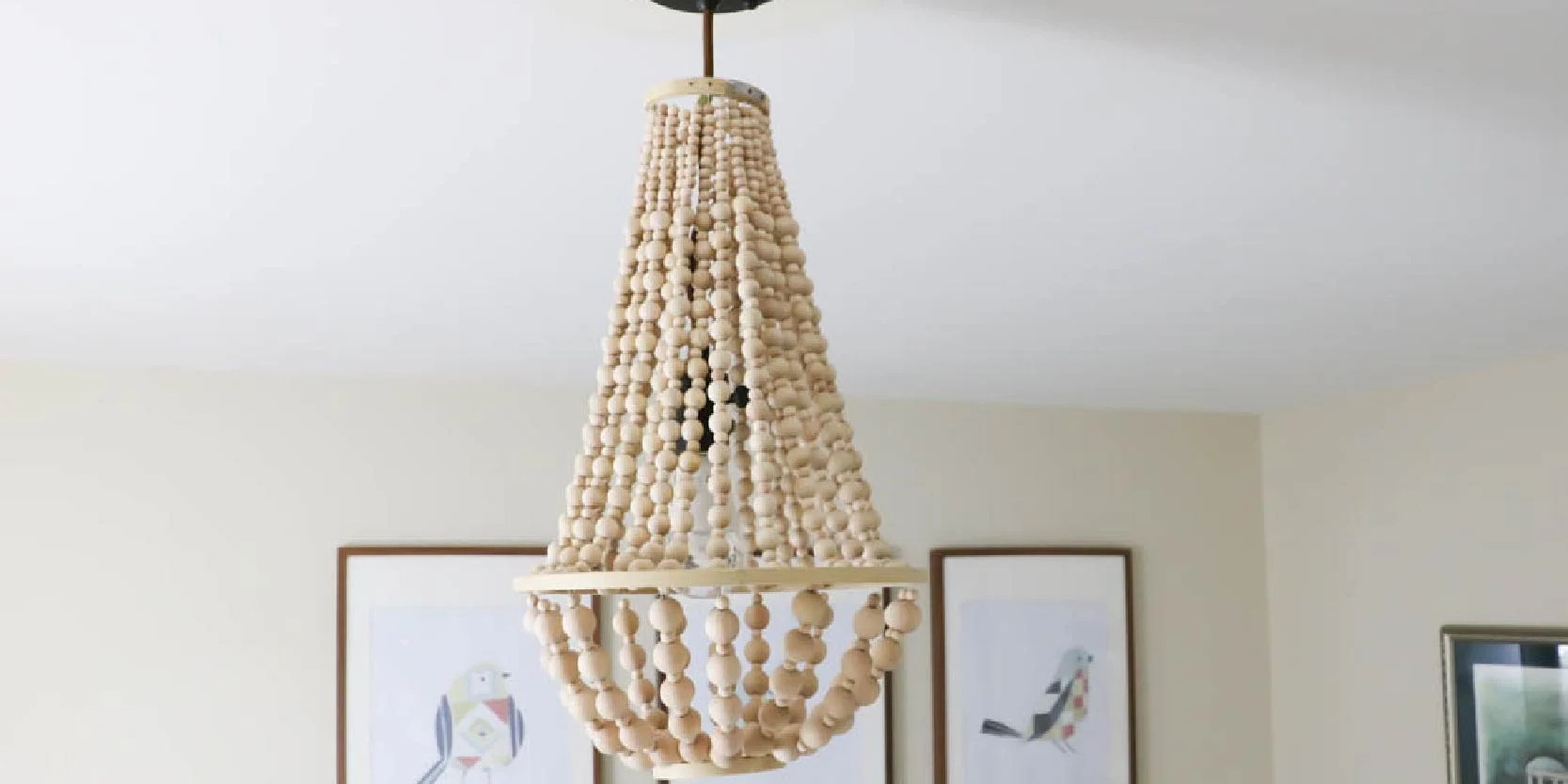
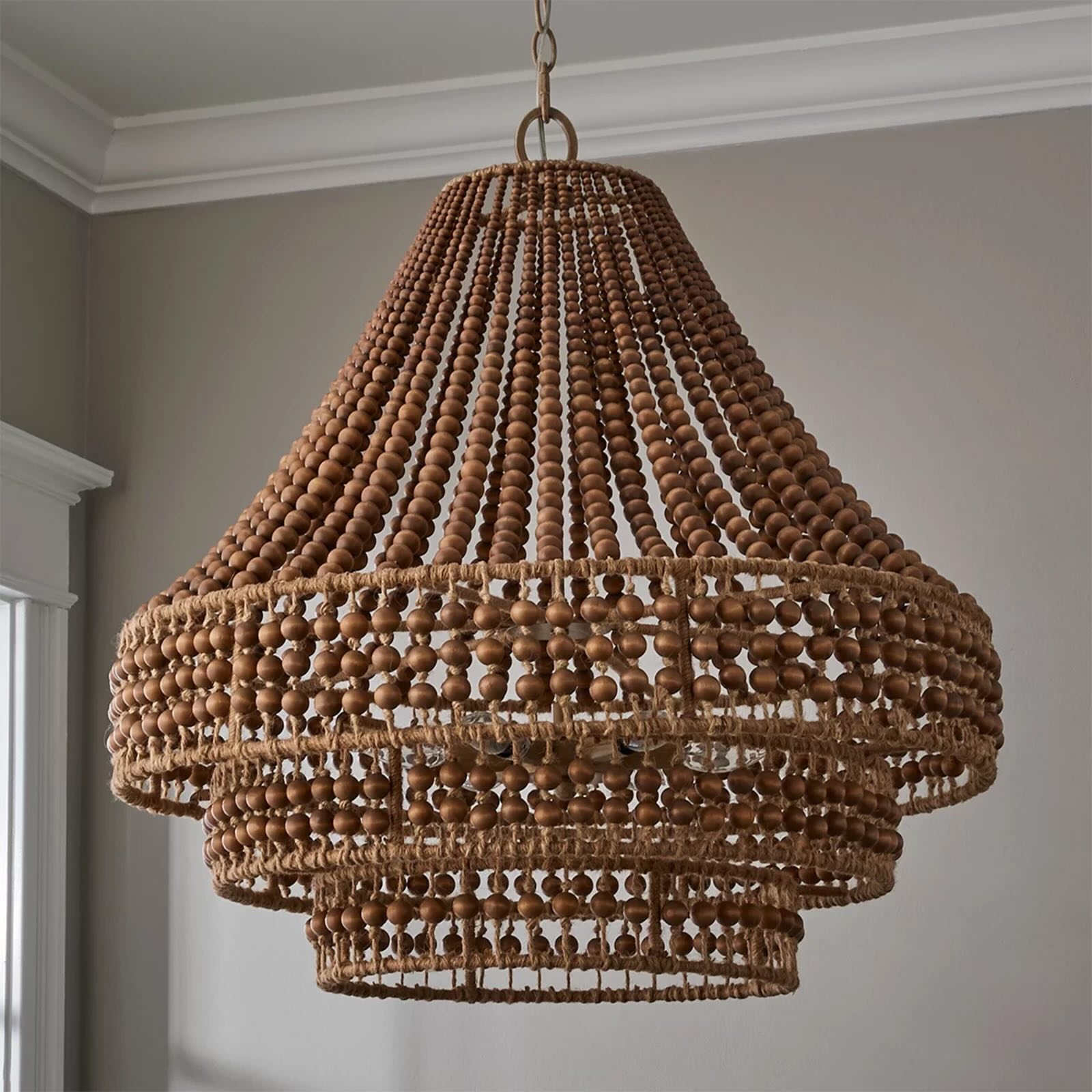
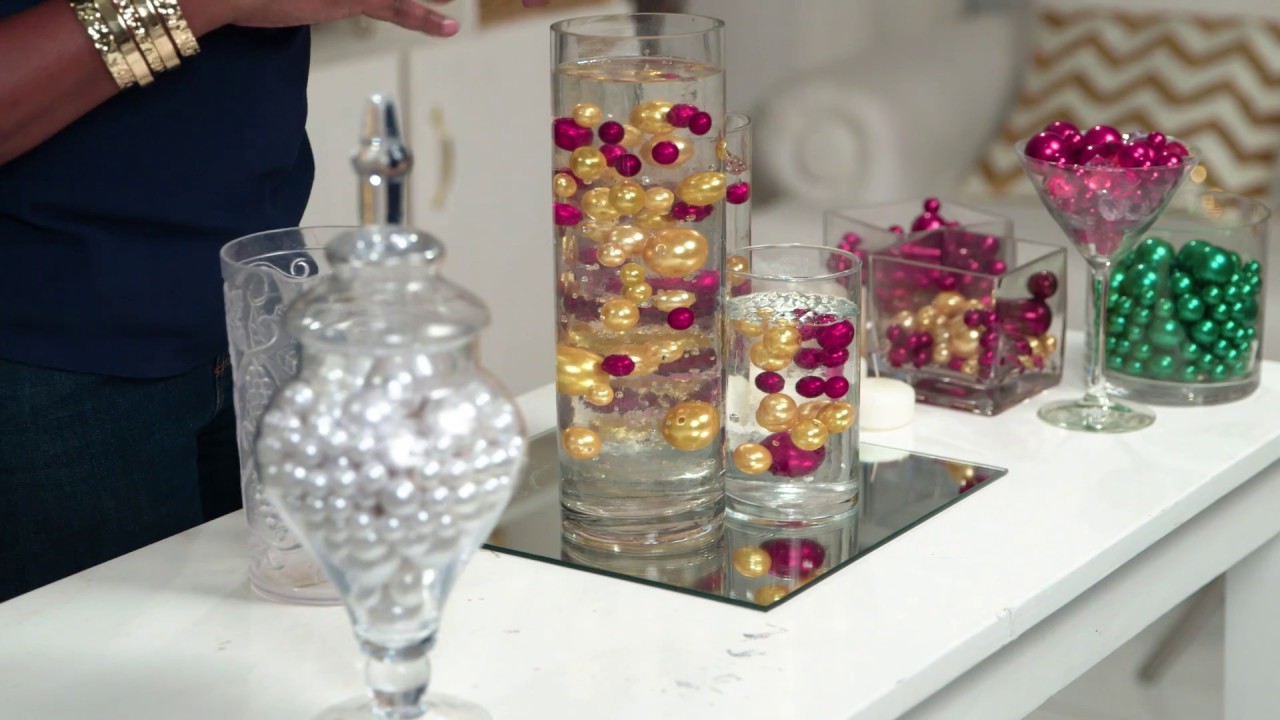
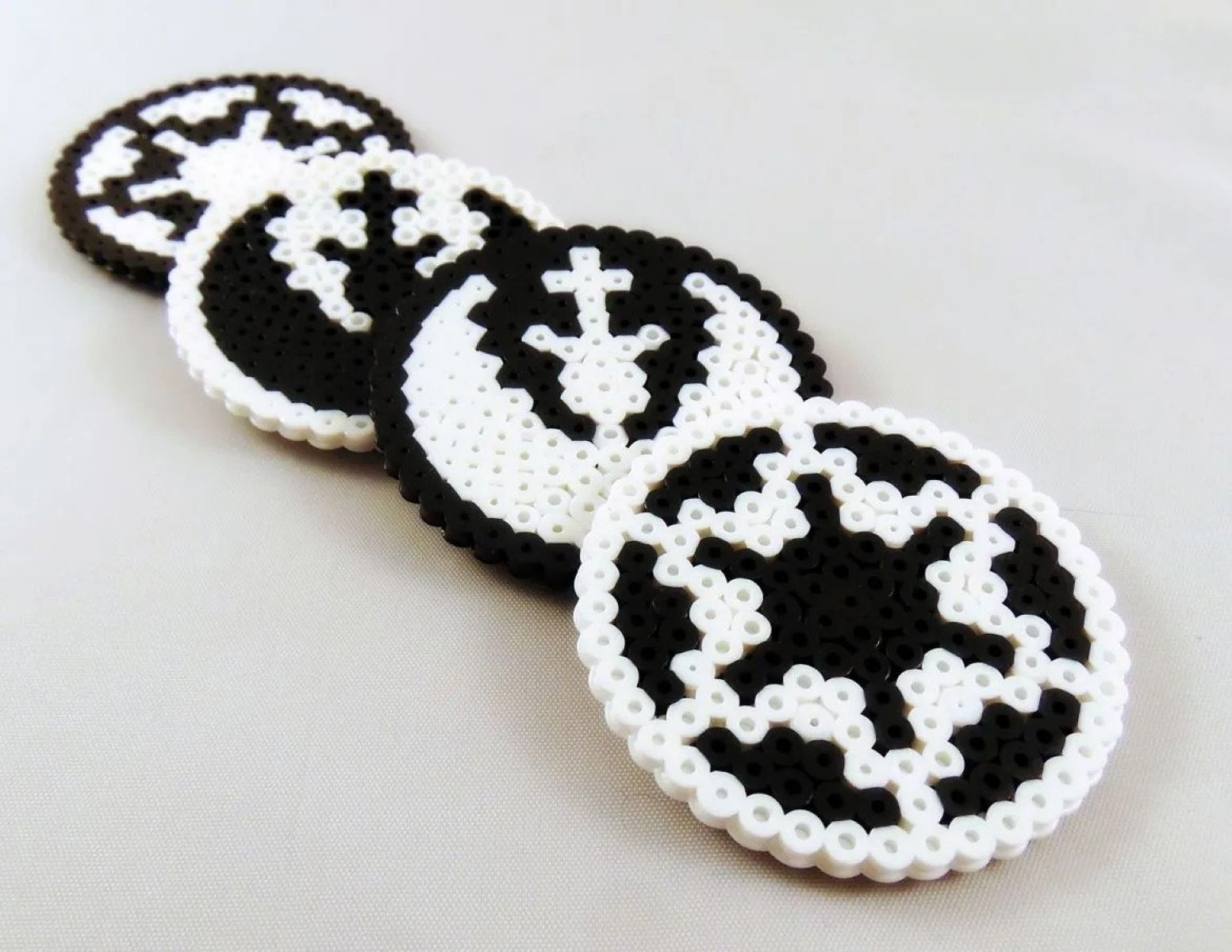
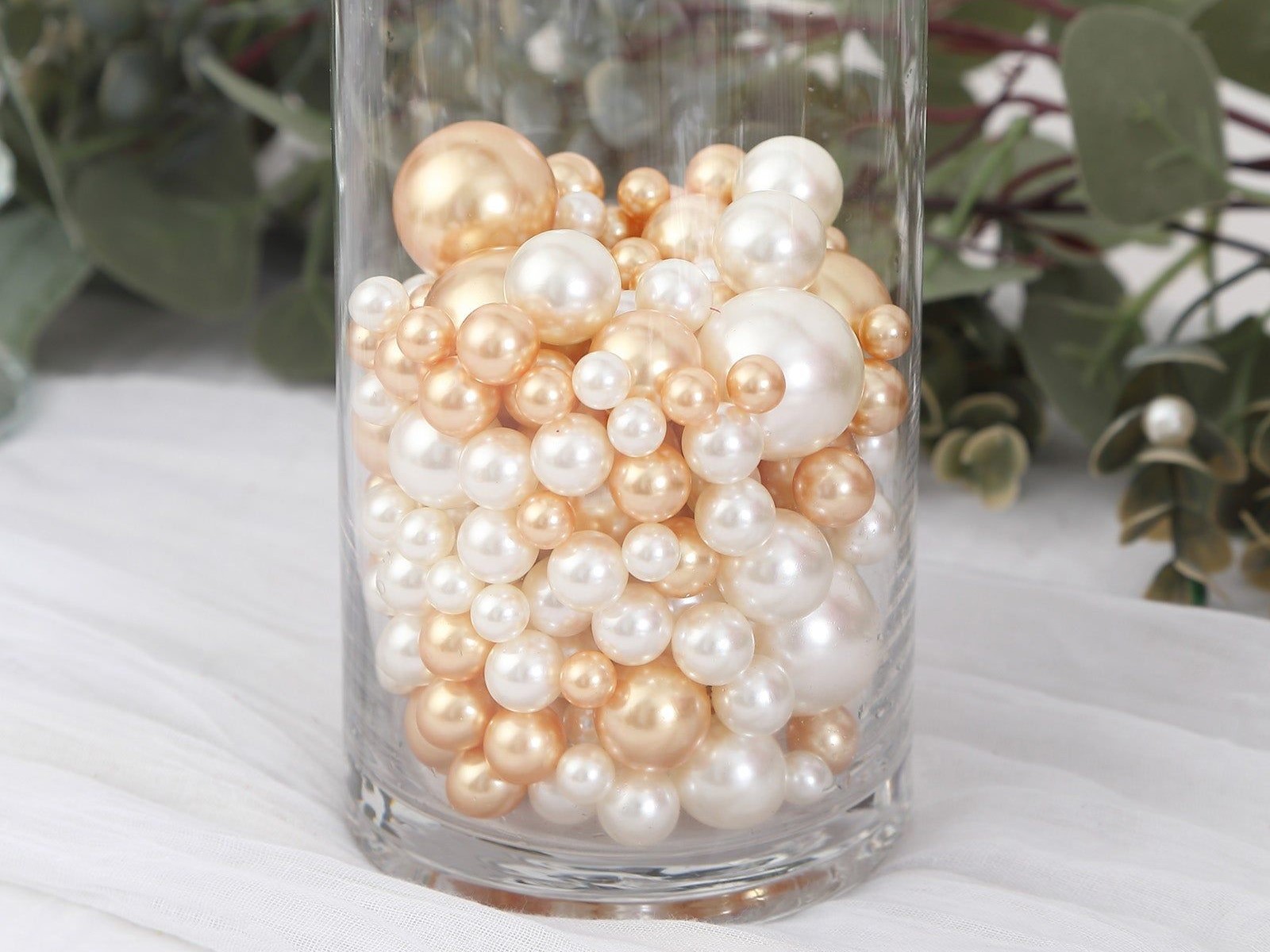
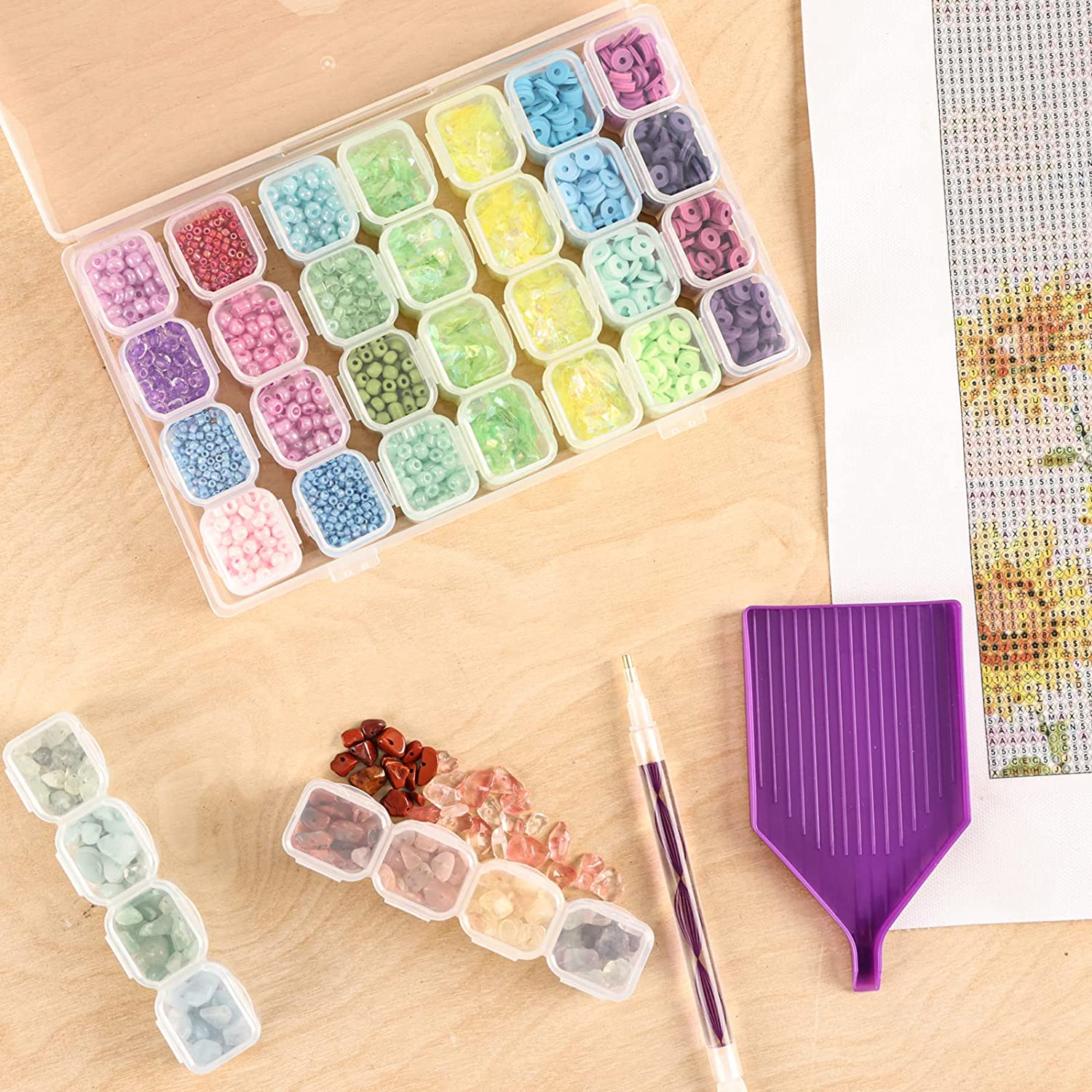
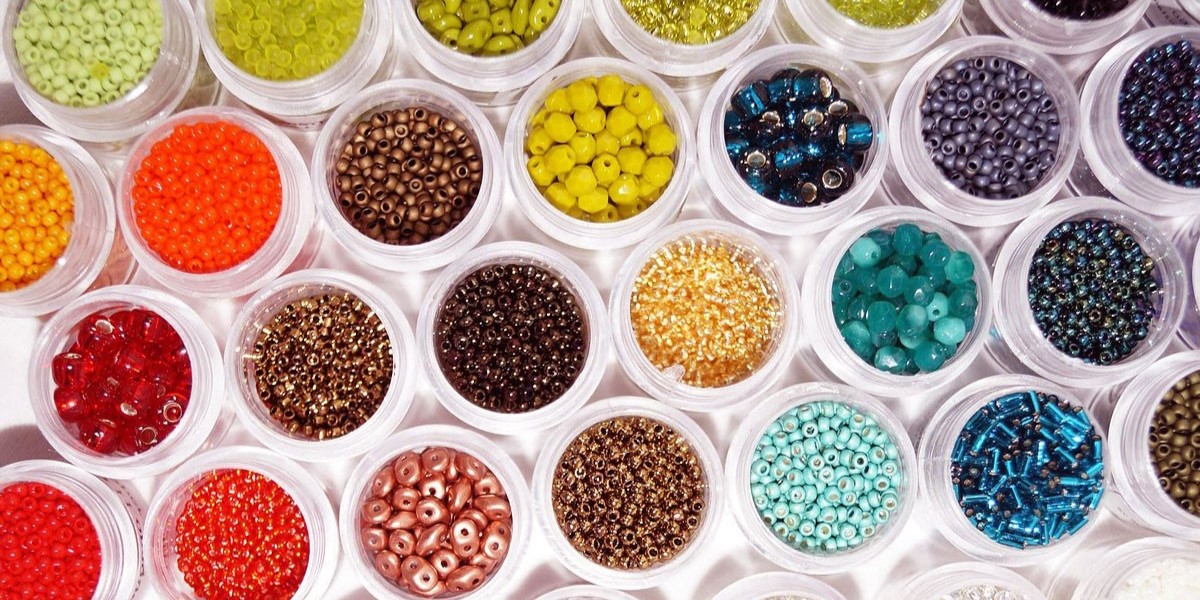
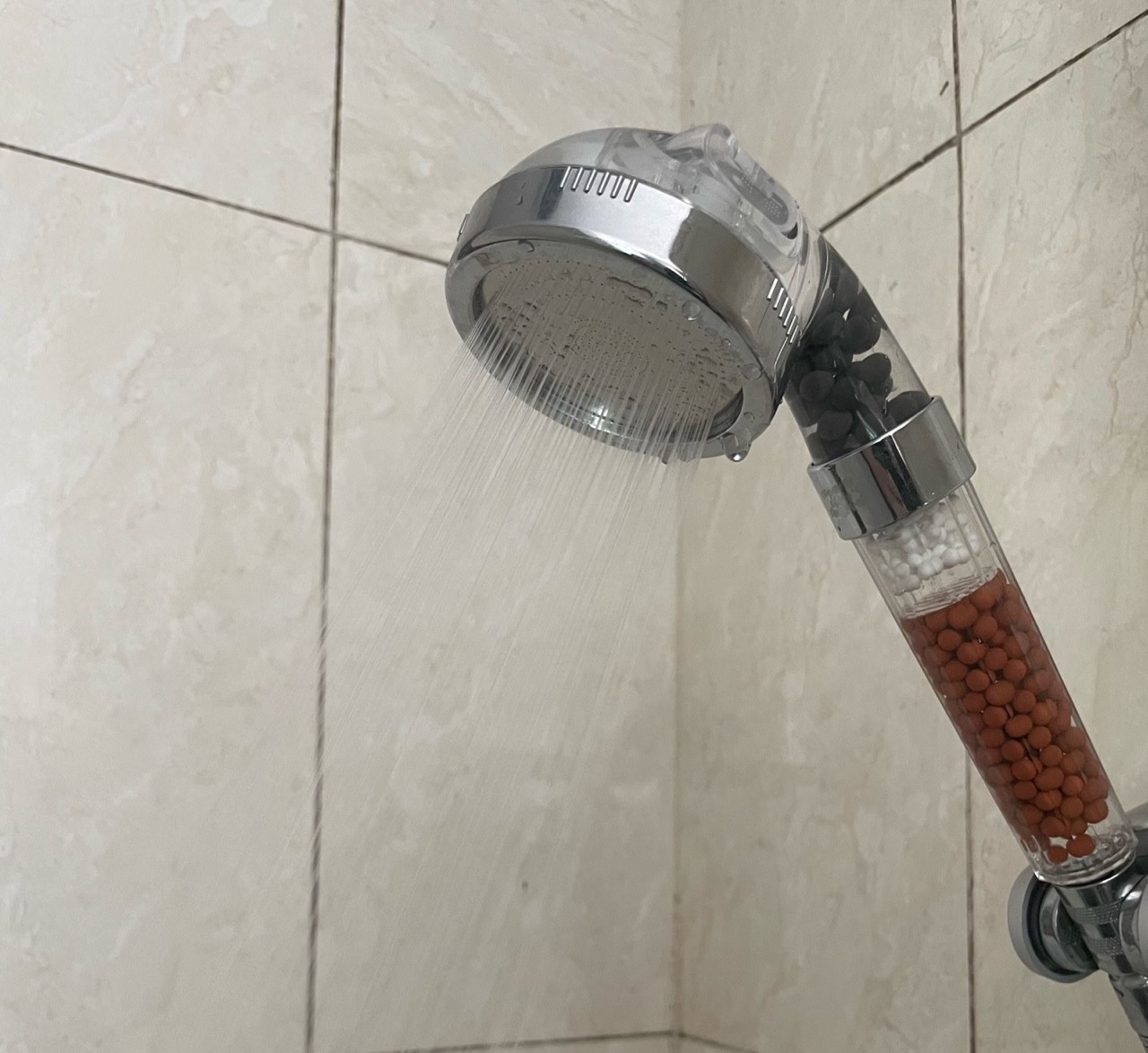

0 thoughts on “What Is Glass Beading”